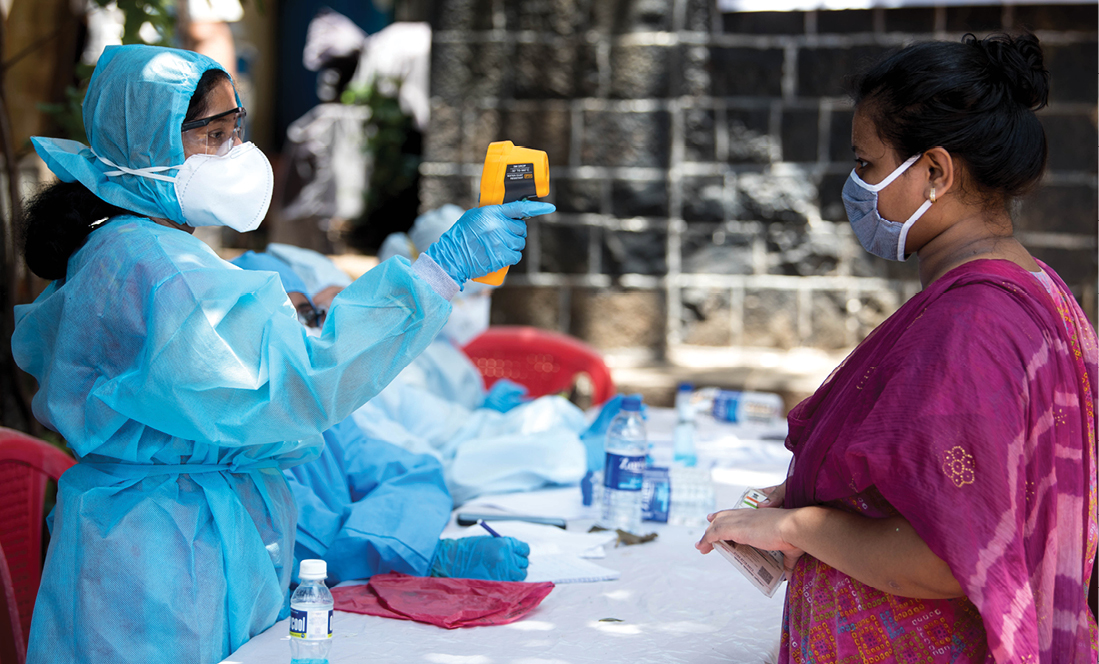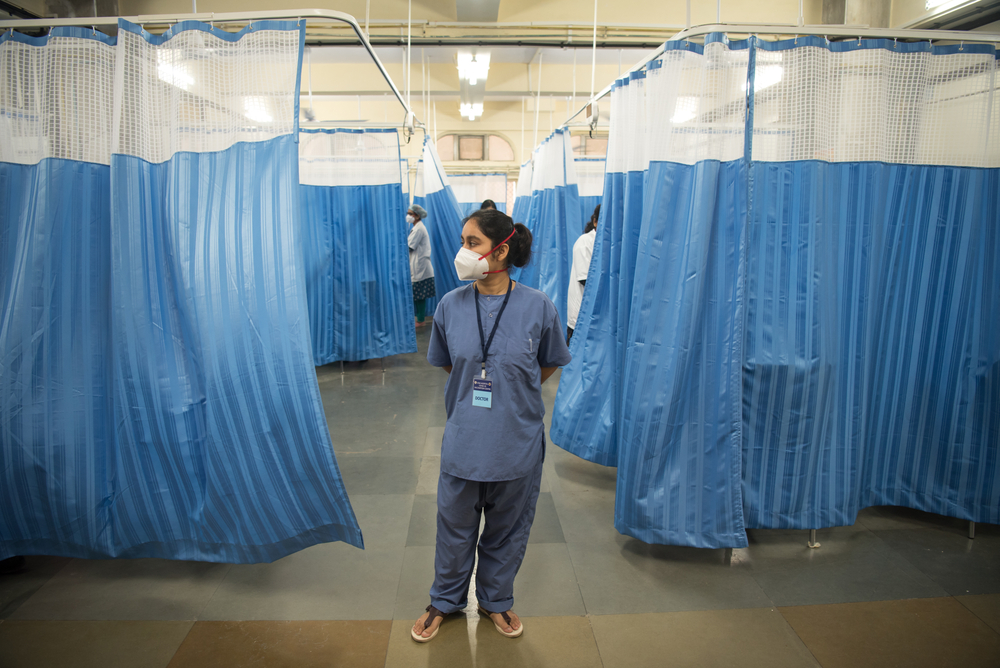Navigating International Research in the Times of COVID: EGDRC's Work in India

By Karina Antenucci
The Emory Global Diabetes Research Center (EGDRC) has a more than 14-year relationship with India. When the COVID-19 pandemic struck the globe, in early 2020, much of EGDRC’s work with and within that nation have been impacted.
“Our partnership with India is very mature and ongoing with lots of significant partners across the country,” says K.M. Venkat Narayan, MD, director of EGDRC, and Ruth and O.C. Hubert Professor of Global Health and Epidemiology. “We have many projects, grants, and cross-training happening there, and Emory doctoral and post-doctoral fellows who go to India.”
To “work around” the pandemic, EGDRC researchers and partners had to find ways to conduct field studies remotely, including the use of online or telephone surveys. “From investigators to collaborators to field staff in India, everyone had to work hard in terms of regular remote meetings and to keep the morale up,” says Narayan, who also mentors several people working on NIH grants, including a senior research fellow based in Bangalore who is currently advising the state government there about COVID-19.
Shivani A. Patel, PhD, assistant professor of global health, splits her time between Emory’s Atlanta campus and the New Delhi-based Centre for Control of Chronic Conditions. She currently leads EGDRC’s partnership in a major initiative to adapt a suite of digital technology intervention tools for diabetes and hypertension clinical care within the Indian public health care system. The intervention package, comprised of an electronic case record form with built-in clinical decision support, is designed to be aligned with national disease control priorities and existing health care infrastructure to promote scalability. Unfortunately, this important initiative to address two of the very pre-existing conditions that exacerbate risk of severe COVID-19 came to a complete halt when the pandemic first struck.
“The first COVID-related death happened in the Punjab state at one of our partner hospitals,” says Patel. “There was immediate fear and patients were no longer interested in coming to that hospital. Additionally, the facilities that our team was working with became designated COVID-19 wards and health care personnel were diverted to the COVID-19 response, leaving other pressing health needs unattended.”
Currently, due to the extreme COVID-19 surge in India, the Punjab state is on lockdown once more, preventing the team from continuing planned community health care worker trainings and door-to-door fieldwork as well. What’s more, Patel notes that there is mounting distrust and fear of government facilities, alongside misinformation about COVID-19 vaccines and therapies in the community. Patel worries that it will be a challenge to rebuild public confidence.
“Not only is our work affected, there are also direct impacts within our team—direct losses within families. Every other household in India has been touched by a severe case where someone was hospitalized or died,” Patel says.

Mohammed K. Ali, MD, professor of global health and epidemiology, and Nayaran played a supportive role in a large field study conducted by a young investigator in India, Kavita Singh, who published a paper on “Health, psychosocial, and economic impacts of the COVID-19 pandemic on people with chronic conditions in India.” The study reported the findings from 1,734 telephone surveys of adults with chronic diseases in India taken between July and September 2020. The surveys found Indians with chronic conditions, particularly among poor, rural, and marginalized populations, have experienced difficulties accessing health care and have been severely affected socially and financially by the COVID-19 pandemic. Challenges in accessing medicines and job loss were associated with worsening of diabetes or hypertension symptoms.
“Lower economic groups are harder hit by the pandemic everywhere, but unlike in the U.S., there has been no fiscal stimulus in India,” says Ali.
Narayan is doing what he can to help from afar. He has been a vocal public health education advocate for India, and has been called upon to speak with various U.S. media about the country’s unprecedented recent wave. He was also invited to post an opinion article on the British Medical Journal’s blog and participated in a panel discussion for a fundraising effort by World Affairs Council of Atlanta in collaboration with CARE.
“In many ways, what is going on in India is, unfortunately, an amplified version of the chaos we went through in the U.S. in 2020. I’ve been reaching out to [health and government] officials there to share lessons of the things we did wrong and now, the things we’ve done right,” Narayan says.
Ways to Help India
Below is a list of organizations and fundraising campaigns seeking donations as they respond to India’s increasing need. This list is not exhaustive and the majority of these organizations were derived from an email created by Indiaspora.org and an article that appeared in the Atlanta Journal-Constitution.


